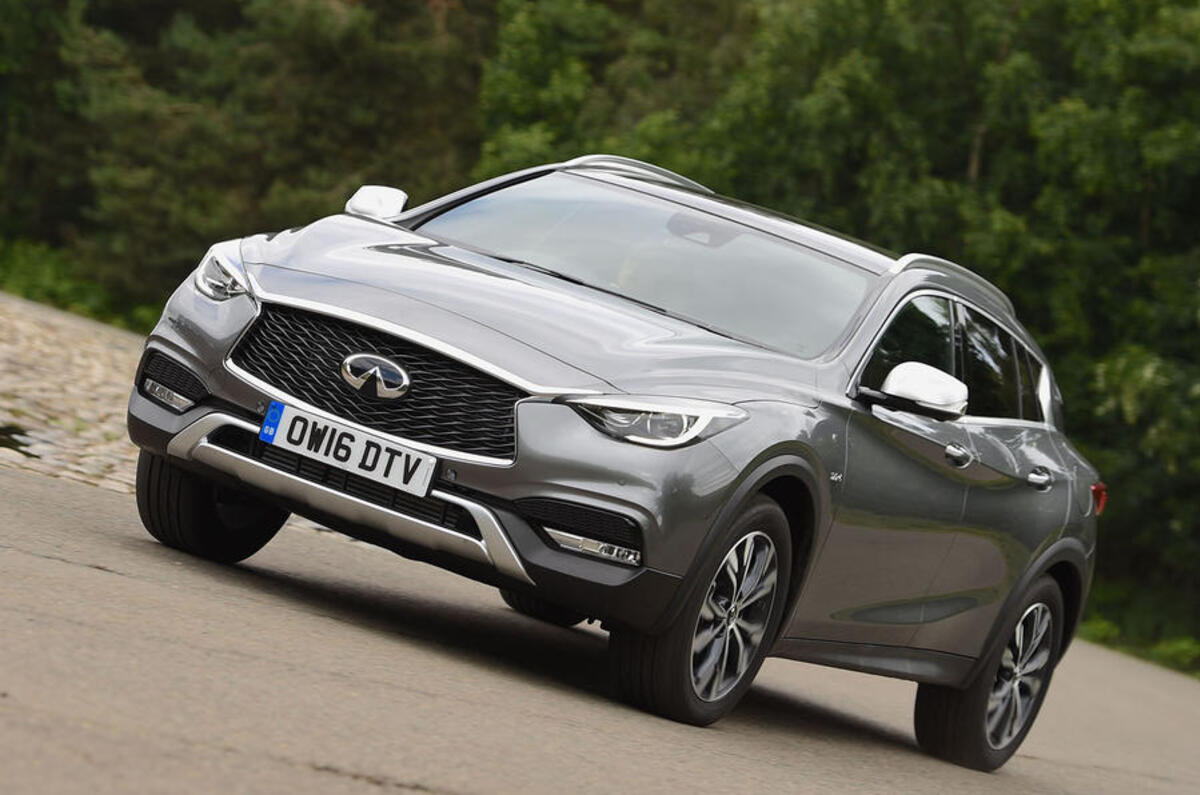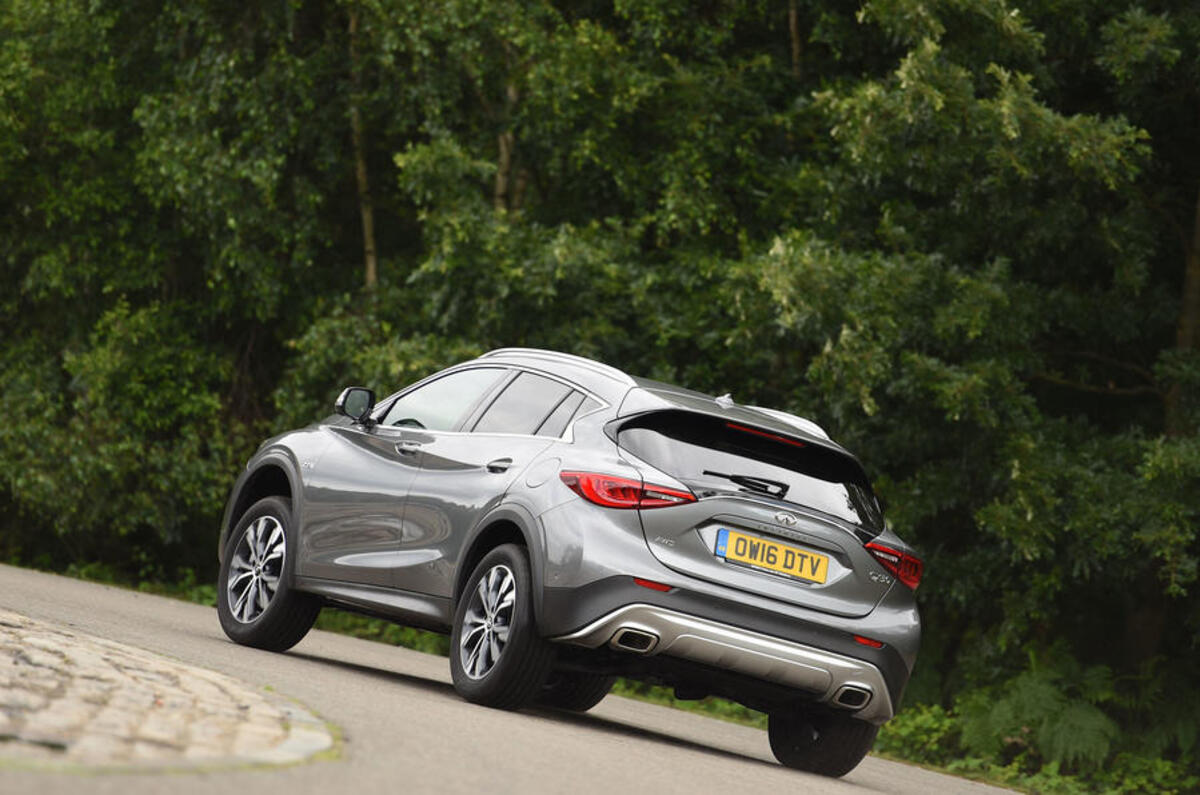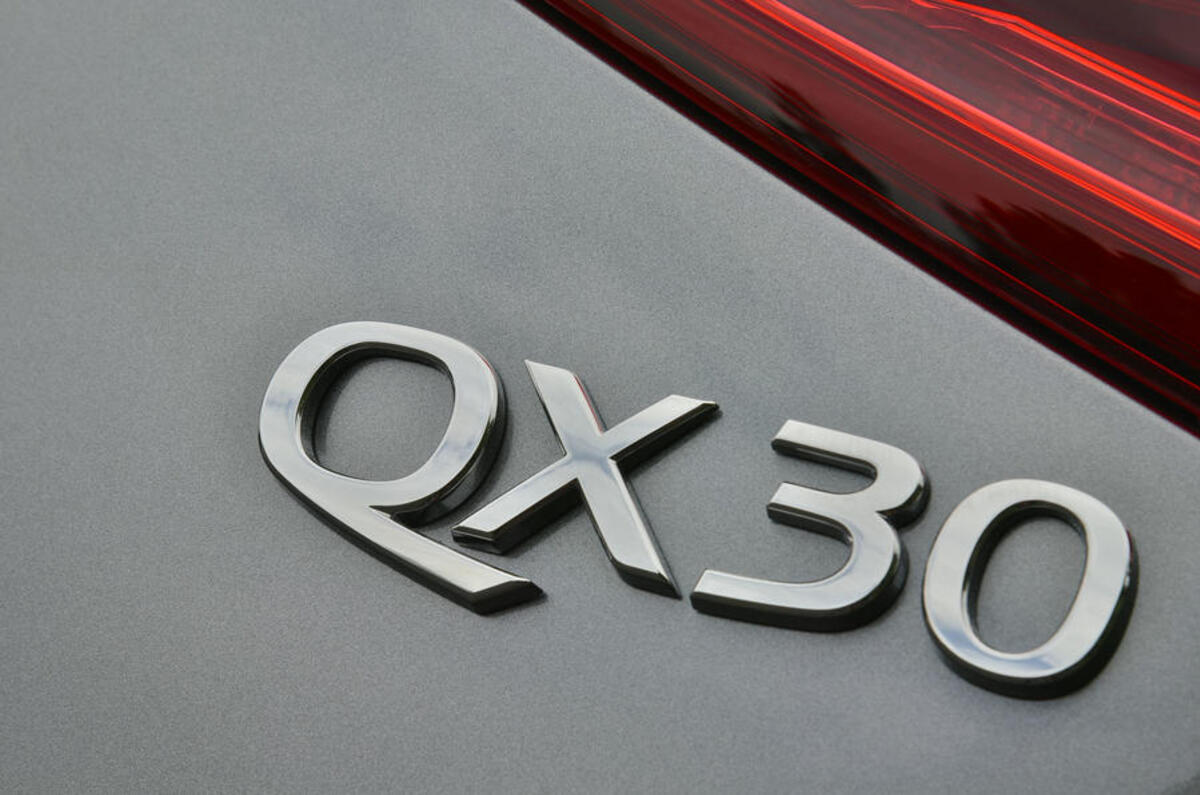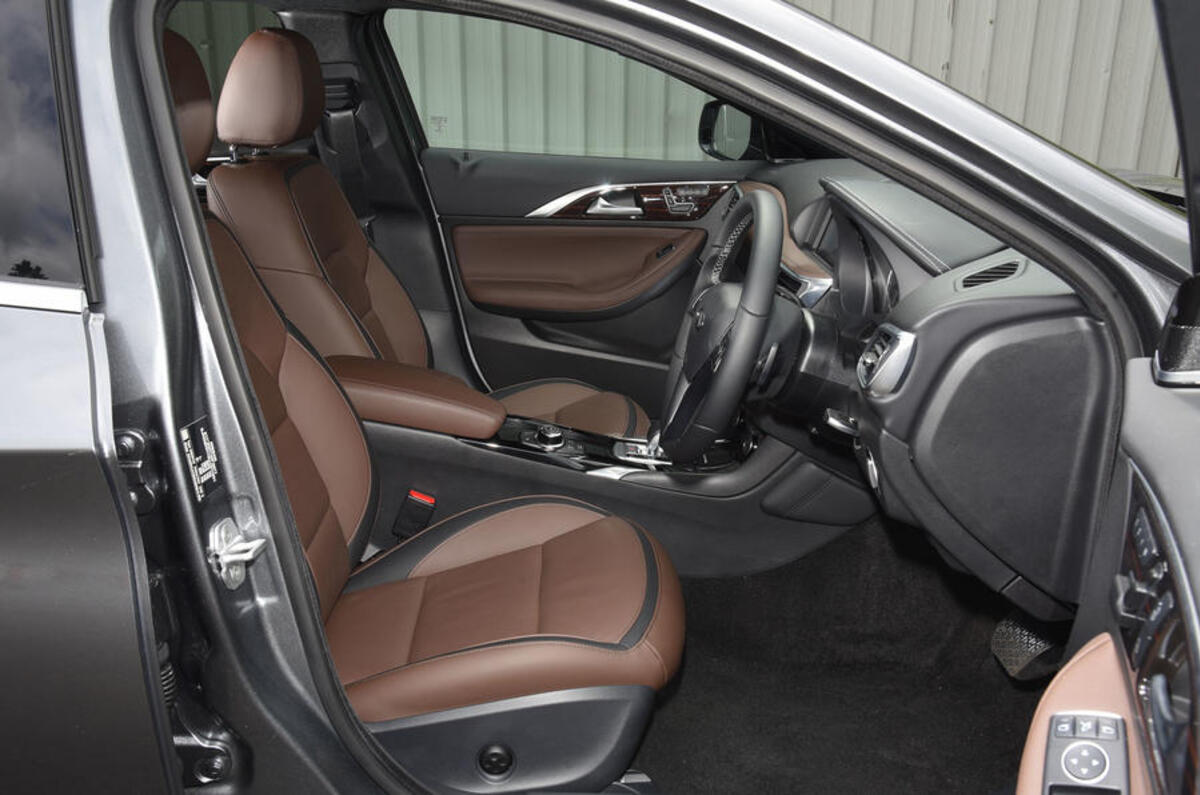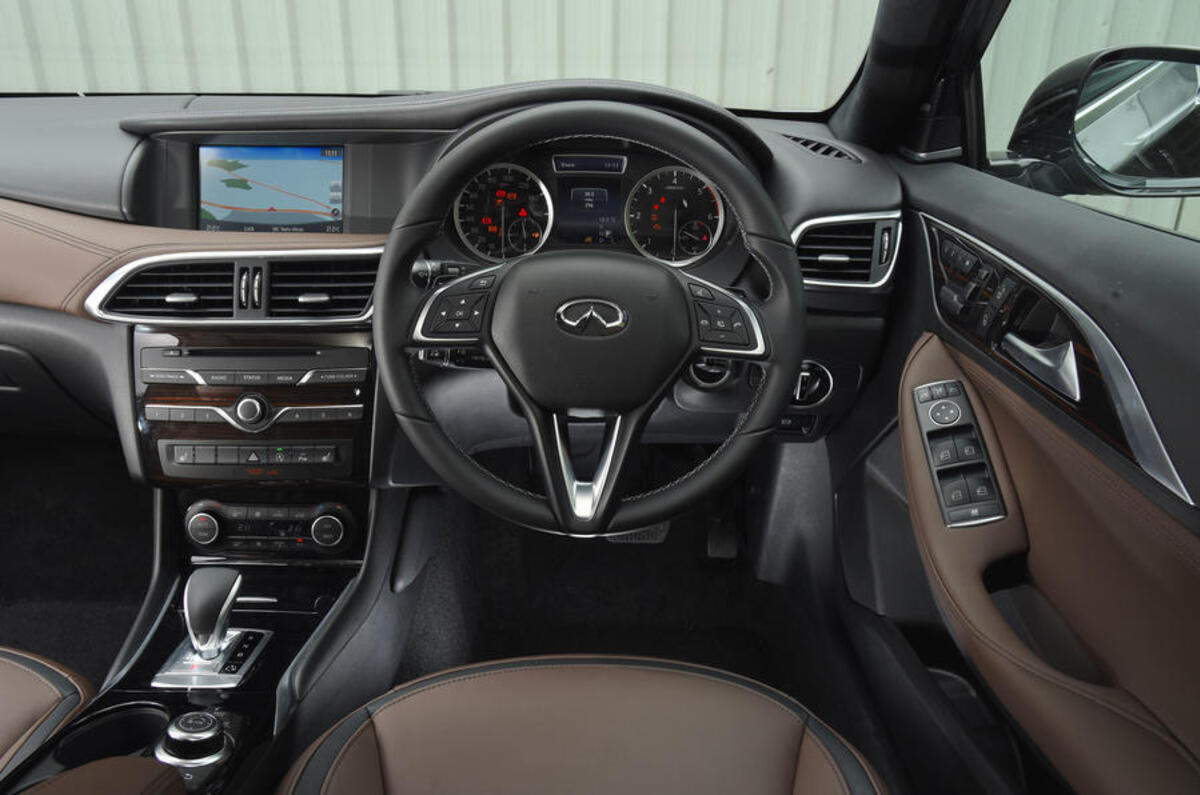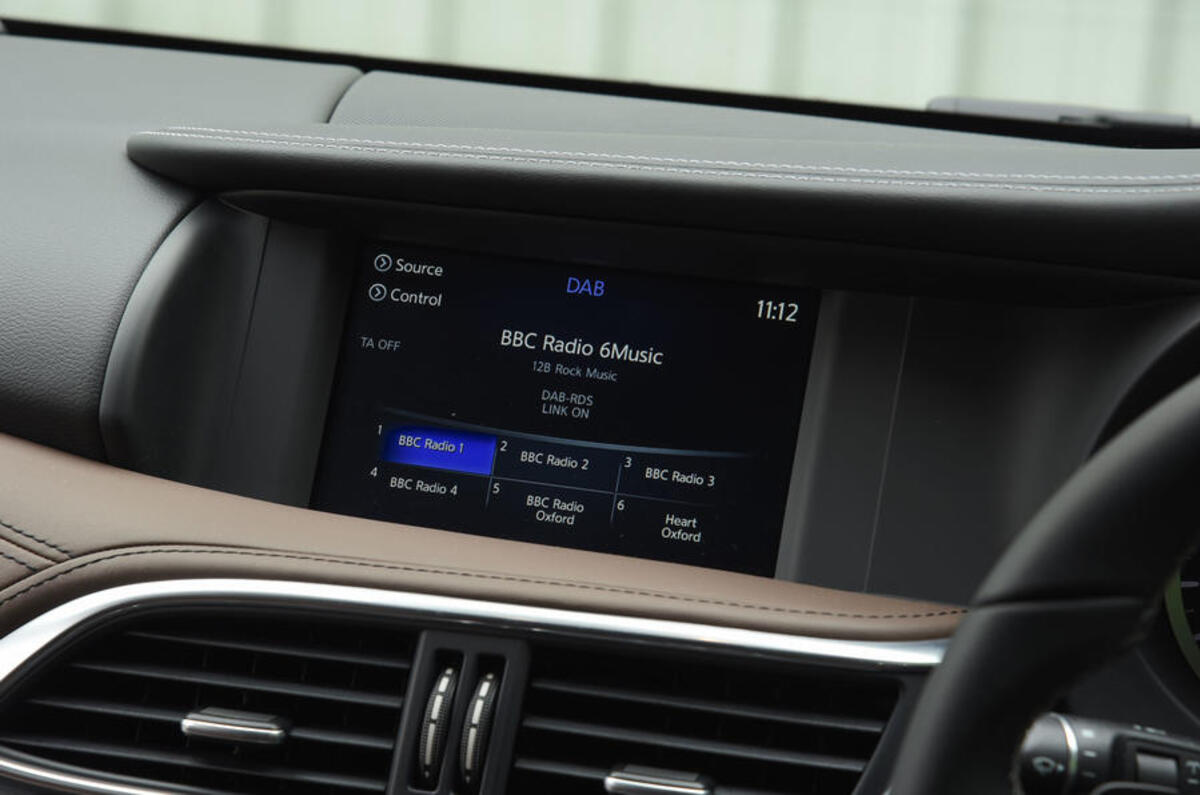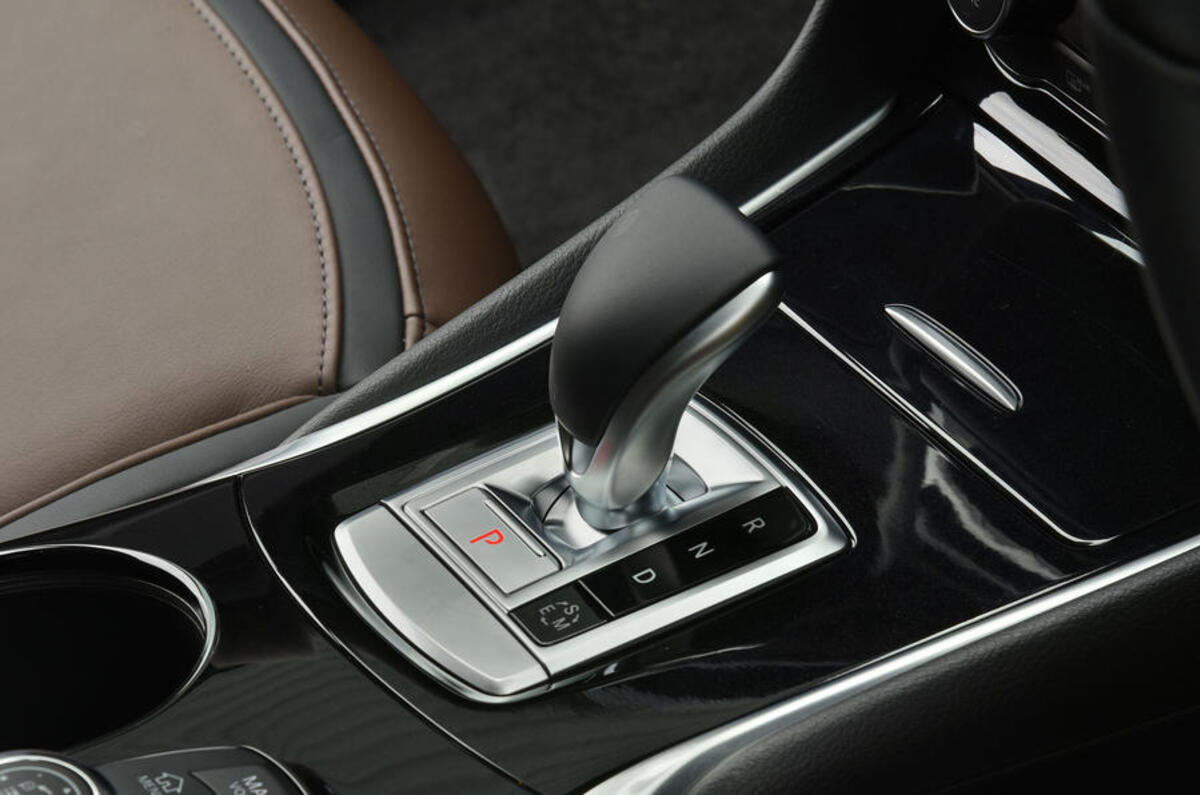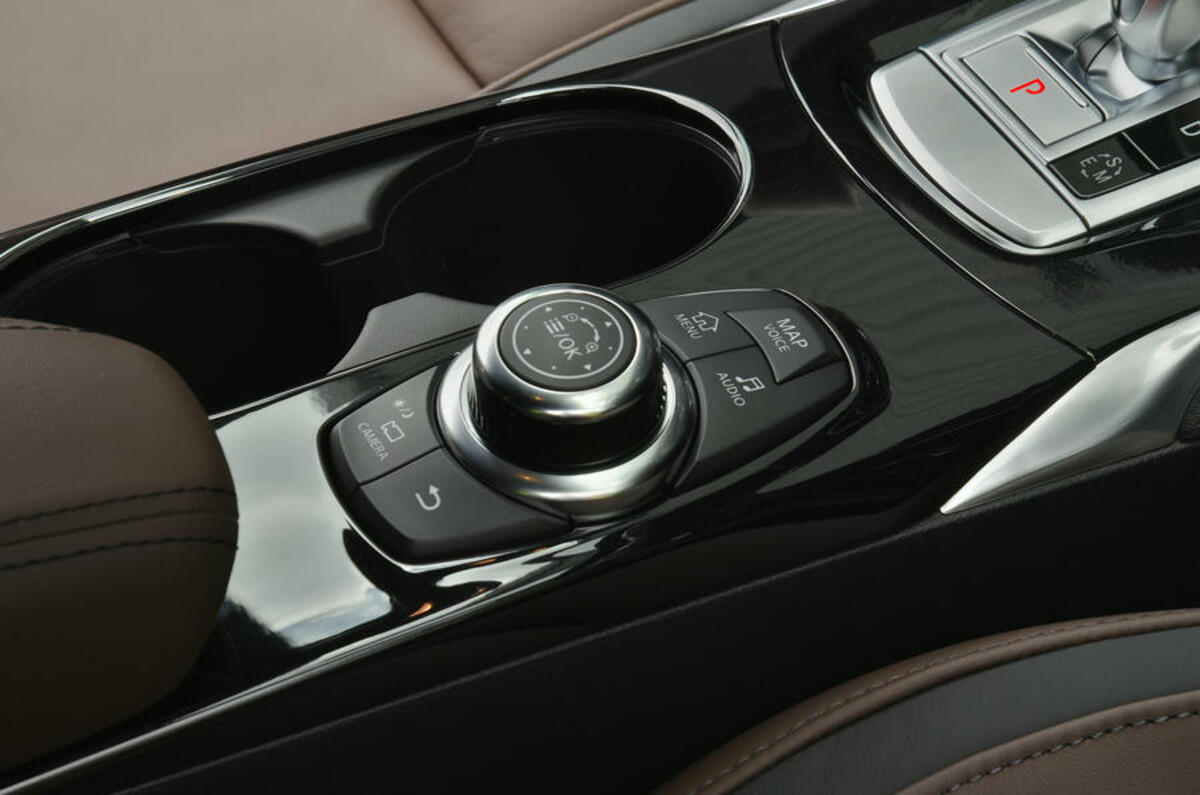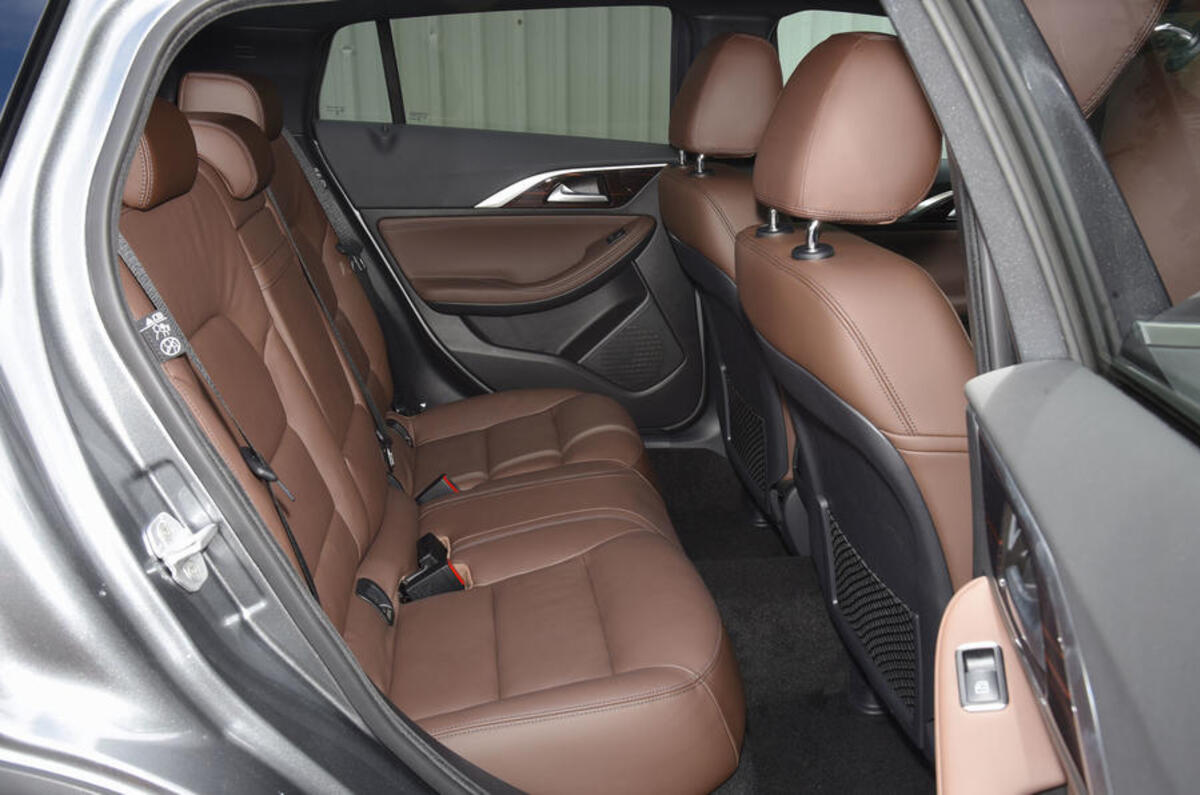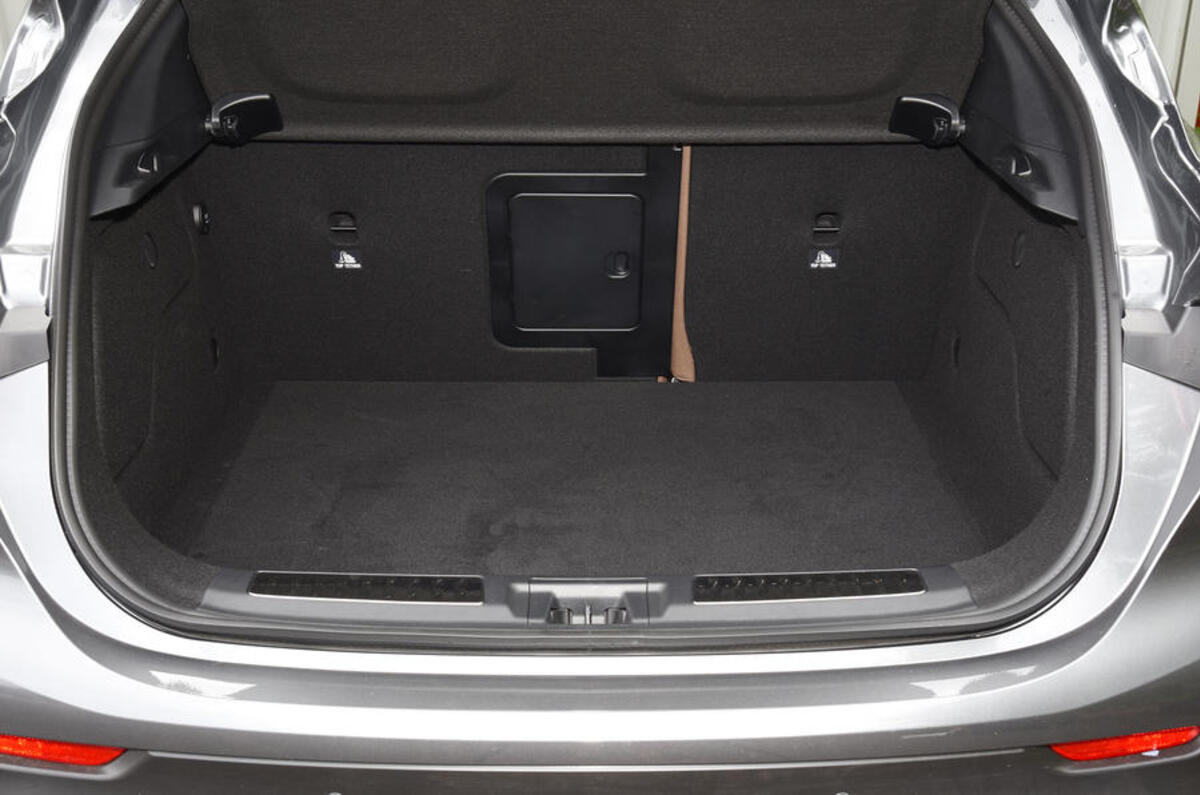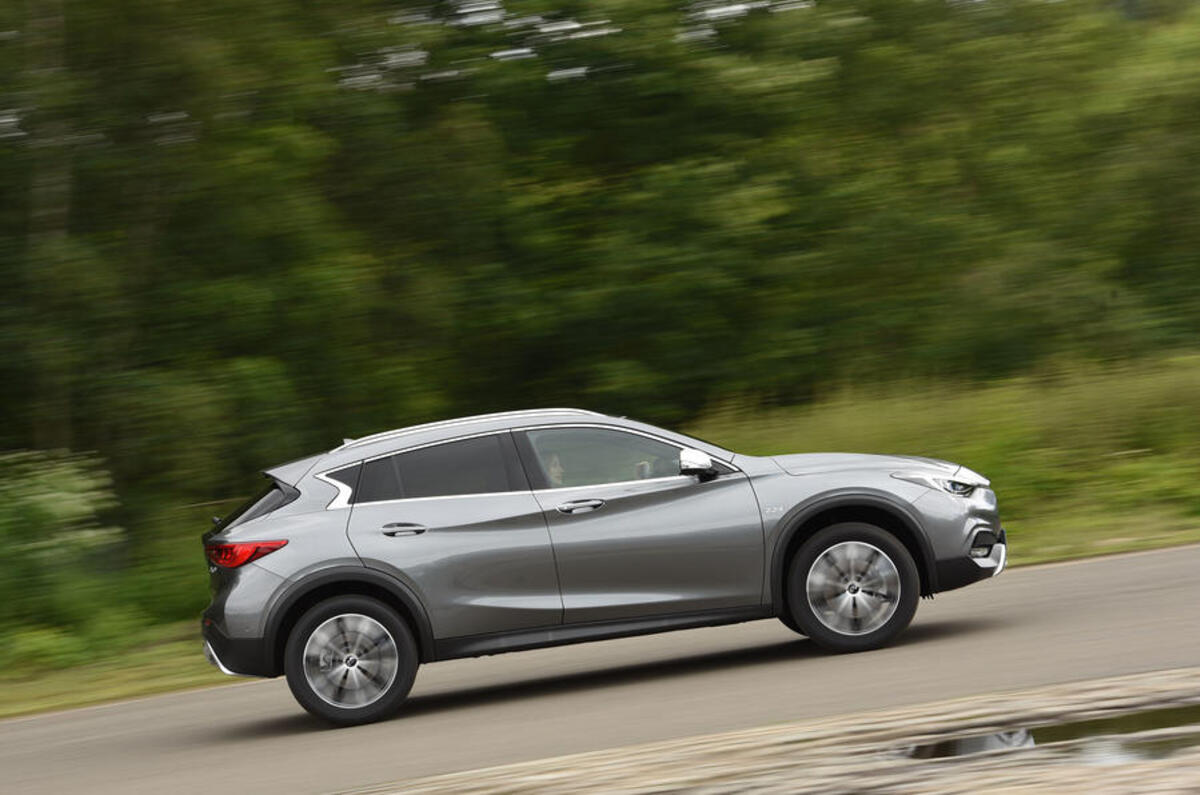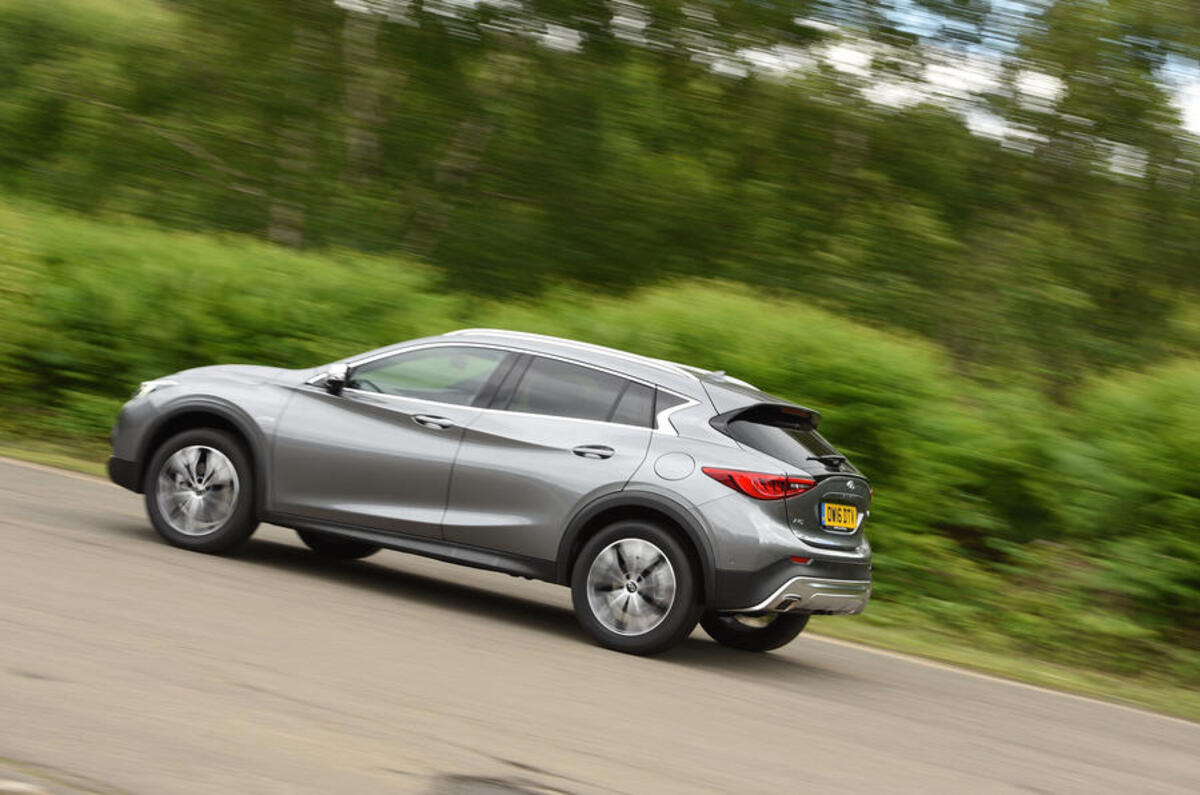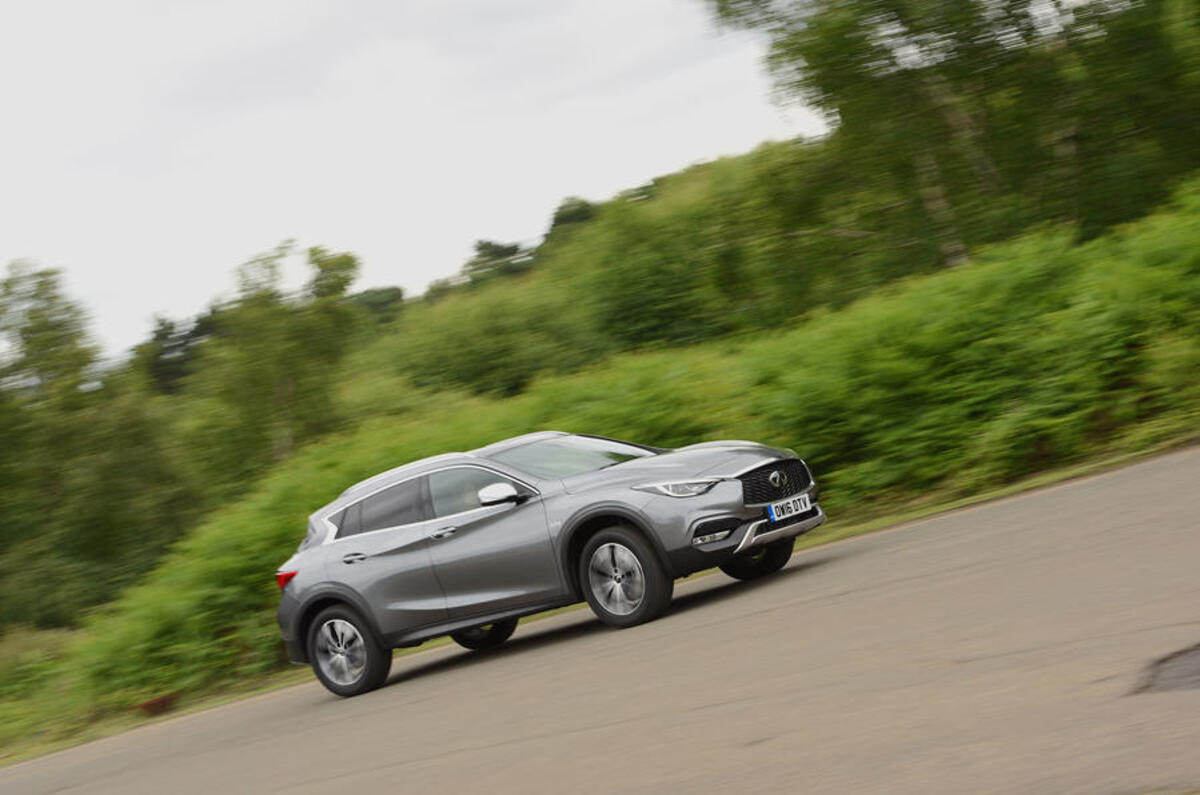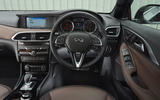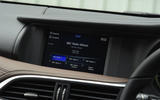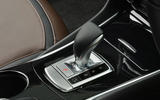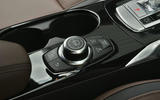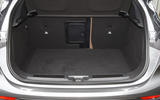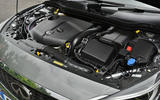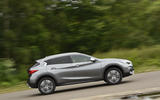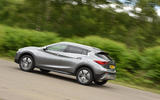Let’s not worry about the uncertainties lurking around Infiniti’s brand appeal in the UK.
We all know it’s still establishing itself, and that most people will just look puzzled when you tell them what you drive. Fair enough.
New doesn’t mean bad, and this Infiniti QX30 could well make more sense than any other Infiniti given the high demand for compact premium SUVs of this ilk, not to mention the company’s well-rooted global reputation in the upmarket 4x4 classes.
As the name suggests, this is very much a derivative of the Q30 hatchback, itself based on the Mercedes-Benz A-Class.
It's got the same body and interior as the Q30, but jacked up by 30mm, and complete with bespoke suspension set-up, compulsory four-wheel drive, 168bhp 2.1-litre diesel motor and seven-speed dual-clutch auto that’ll be familiar to anyone who’s paid attention to Mercedes’ range over the last decade or so.
Actually, it still doesn’t feel overtly SUV-like from the driver’s seat. You do sit reasonably high up, but there’s still the strong sense of crossover-ness in the low-set seat, the high waistline and the tapering window line.
The way it drives, too, smacks of deliberate hatchback-like qualities. Sure there’s a fair bit of body roll, but turn-in is keen enough and the steering offers decent resistance immediately off the straight-ahead. It’s a shame that, as you wind lock on, weight builds until it feels like it’s trying a bit too hard to prove an unnecessarily sporting point, but it’s progressive enough that most will find it intuitive and inoffensive. Sling it into a corner with gusto and it’s understeer that’ll be the dominant result, but it does grip stoically enough to engender confidence.


